The 42 Best Anime Shows and Movies to Learn Japanese (Yes, It’s Actually Possible!)
Can you really become fluent with Japanese anime? The short answer is yes… kind of.
Here’s the longer answer: any Japanese native resource can be a powerful learning tool. But it depends on how you use it and what you pair it with.
In this guide, I will explain how you can use anime to become fluent in Japanese and the benefits you’ll get from it.
Table of contents
- Top 10 Japanese Anime to Watch to Learn Japanese
- Top 10 Japanese Anime Movies of All Time
- Can You Really Learn Japanese from Anime?
- The Benefits of Learning Japanese from Anime
- How to Learn Japanese from Anime: 6 Steps to Success
- Step #1: Pick a Category You’re Interested In
- Step #2: Do Some Prep Work
- Step #3: Strategically Use (and Don’t Use) Subtitles
- Step #4: Utilize Subtitles in Japanese
- Step #5: Add New Words to a Flashcard App
- Step #6: Put It To Practice!
- Bonus: 12 Must-Know Japanese Phrases from Anime
- Other Helpful Japanese Pop Culture Ways to Learn Japanese
- The Best Japanese Resources to Supplement Your Learning
- Frequently Asked Anime Questions:
- Learn Japanese with Anime: Unlocked
But first, a few recommendations if you want to start watching anime.
Top 10 Japanese Anime to Watch to Learn Japanese
What are the top 10 Japanese anime to learn Japanese? There are a lot of good ones, but some are easier to learn with than others.
Often, Japanese kids’ shows are easier to learn with. Here are my top 10 suggestions:
- Doraemon
- Pokemon
- Shirokuma Cafe
- K-On!
- Anpanman
- Cardcaptor Sakura
- Sazae-san
- Detective Conan
- Crayon Shin-chan
- Yokai Watch
22 Extra Japanese Anime Recommendations
If you’re looking for something super addicting, a bit harder, or you’re just dipping your toes into the anime scene… Then let me make some recommendations, old and new:
- My Hero Academia
- Hunter x Hunter
- Attack on Titan
- Death Note
- Dragon Ball
- Sailor Moon Crystal
- One Piece
- Fairy Tail
- Cowboy Bebop
- Spy x Family
- Demon Slayer
- Ouran HighSchool Host Club
- Sword Art Online
- Naruto
- Neon Genesis Evangelion
- Bleach
- Fruits Basket
- Inuyasha
- Fullmetal Alchemist
- The Rising of Shield Hero
- Mobile Suit Gundam
- Love Live!
Also, as a huge Star Wars fan, I have to tell you to check out Star Wars Visions on Disney+. It’s INCREDIBLE, both from a Star Wars perspective and an anime one.
Any of these shows would be great options, but if you’re really wanting to learn, you may have an easier time with the shows aimed at younger audiences.
Top 10 Japanese Anime Movies of All Time
If you’re wanting a movie, you may be wondering, “What are the top 10 best anime movies to watch?”
So, here are 10 incredible anime movies to try:
- Howl’s Moving Castle (my personal favorite)
- Penguin Highway
- Your Name
- Puella Magi Madoka Magica: The Movie
- In This Corner of the World
- Lupin III: The Castle of Cagliostro
- Ghost in the Shell (The Japanese anime version, not the Scarlett Johansson version 😉)
- Weathering With You
- My Neighbor Totoro
- Akira
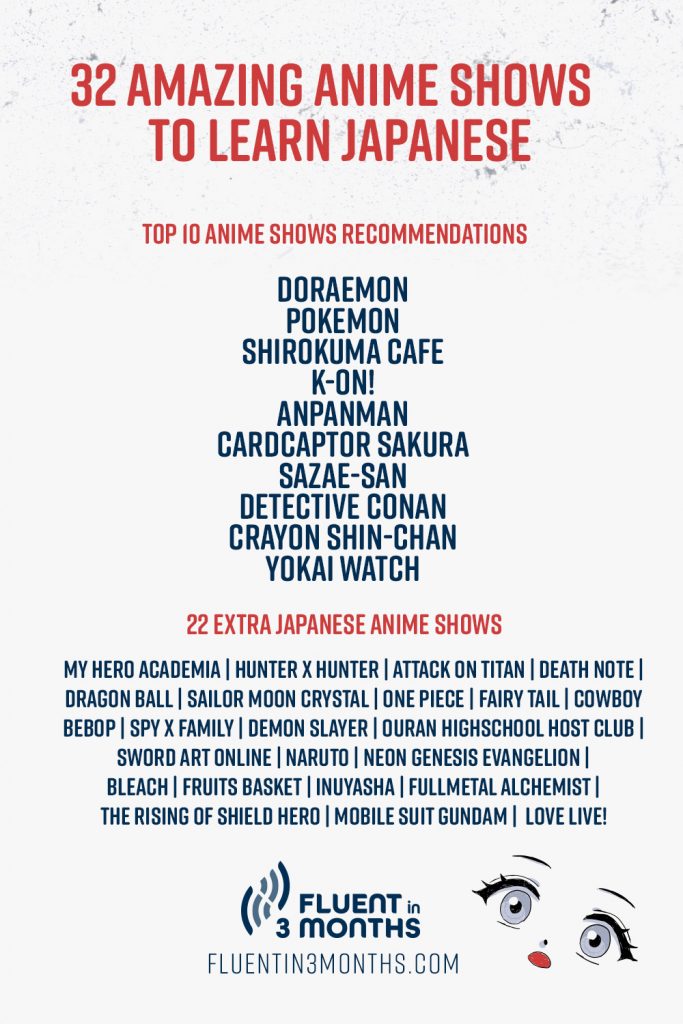
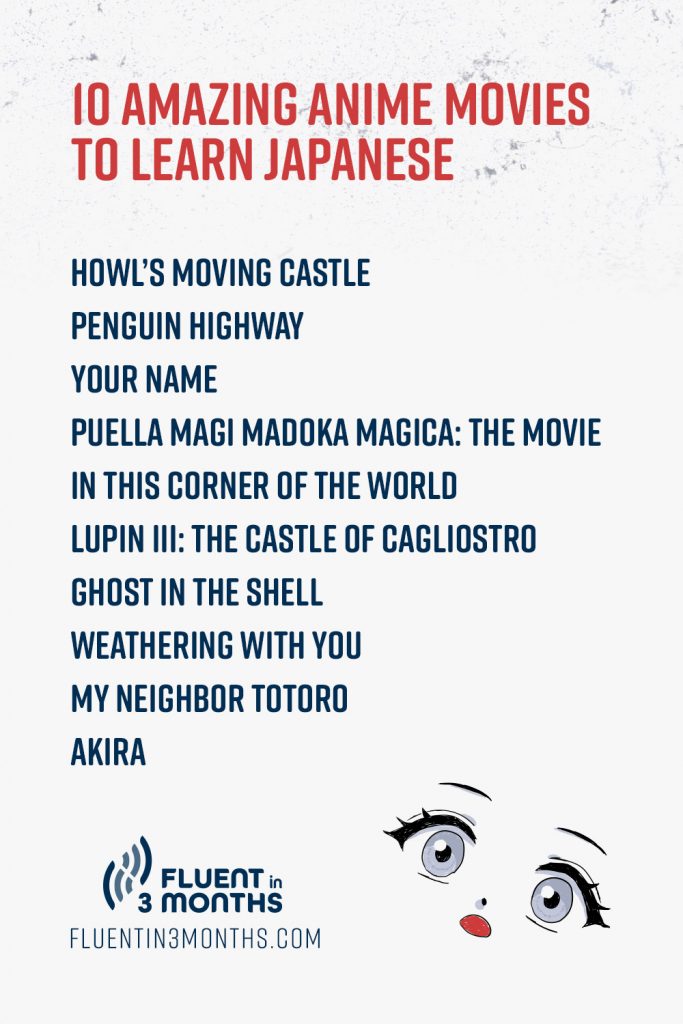
Can You Really Learn Japanese from Anime?
Because many people learn Japanese for the sole purpose of watching anime in its native language, it’s totally a valid resource! If you want to learn to understand anime, you should watch anime to learn.
But when it comes to applying what you learn in anime to speaking in real life… Well, that’s where it gets a bit tricky.
See, anime characters don’t usually use realistic speech. They use casual language, dramatic words and tone of voice. It’s totally different from standard, polite Japanese society.
This doesn’t mean it can’t be a great resource, though. As long as you know Japanese anime is dramatic and you’ll need to supplement real-life speech examples, it’s okay to learn with anime. Especially if your goal is to enjoy anime in Japanese without subtitles.
But first, before we dive in, let me break one common 外国人 (gaikokujin, “foreigner”) speech pattern I see: How to say “anime” in Japanese, the right way.
It’s not an-knee-meh. It’s ah-knee-meh.
In Japanese, “anime” is short for “animation.” And it’s pronounced the Japanese way: the letter “a” is always pronounced “ah.” The same goes for “manga!” It’s mahn-gah, not mayn-gah.
Now that we’ve got that out of the way, let’s learn Japanese with anime!
The Benefits of Learning Japanese from Anime
Watching Japanese animation does have its benefits, and it can help you learn Japanese.
But you won’t be able to rely on anime alone to learn, and you’ll have to put in some hard work.
You can’t turn on a show, watch with subtitles, and expect to become fluent. Relying on subtitles keeps our brain in our native language, and we tune out most of the Japanese we hear.
If you’ve ever studied a language for any bit of time, you may have noticed that there’s this thing that happens in your brain called code-switching. This is where our brain has to stop processing in one language and picks up the other.
When the second language we’re learning isn’t very strong, our brain will lag a bit in the code-switching process. The stronger we get in our new language, the easier and faster it is to code-switch between the two.
So when we’re trying to learn a brand new language, having subtitles in our native language and Japanese audio playing is going to cause our native language to dominate.
The best way to get past this is to learn more Japanese, learn Japanese phrases instead of words piecemeal, and lots of practice.
That said, there are some benefits to learning with anime:
- Even when watching passively, you’re exposing yourself to the cadence and culture of the language. This can help you get used to what sounds right, the tones, and flow.
- It helps reinforce what you’ve learned.
- It can help you learn new vocabulary through repetitive use.
- You are enjoying engaging with the language, so it keeps your motivation high.
So here are some tips for learning Japanese with anime.
How to Learn Japanese from Anime: 6 Steps to Success
Here are the best strategies for actually learning Japanese with anime. But first, if you need to know where you can find anime in Japanese, here are some suggestions:
- Netflix
- Crunchyroll
- Hulu
- Amazon Prime
- 9anime
- YouTube
- Disney+ (Plus, many shows have a Japanese language dub)
- HBOMax (Studio Ghibli fans, stream here!)
- Funimation
While some of these have way more options than others, chances are you already have one of these services. (And some of them are free!) So you should be able to find some great options to get started with.
Step #1: Pick a Category You’re Interested In
The easiest way to learn with anime is to have similar dialogue repeated often. The best way to do that is to pick one type of anime to watch starting out.
For example, sports anime to learn more about how to talk about sports. Or slice of life anime, to learn more everyday vocab.
Japanese has a lot of set phrases, and when you watch similar stories, you’ll hear them often.
Step #2: Do Some Prep Work
Jumping in when you know zero Japanese is going to be tough. So let’s do some prep work first.
First, it’s a good idea to have a solid foundation of the basics. Things like common Japanese phrases, the essential core 100 Japanese vocab, and how to read Japanese kana and N5 level kanji.
We’ve got articles and videos to help you with all those things!
Already got that down? Cool. Now, learn related vocab and grammar to the show.
For instance, if you’re watching a sports anime, learn how some words related to the sport, the location, and some verbs and verb conjugation, like te-form they might use.
Step #3: Strategically Use (and Don’t Use) Subtitles
If you’re an absolute beginner and it’s a show you’ve never seen before, watch an episode with subtitles first. Then, watch without subtitles and write down any words or phrases you pick out.
If you’re more experienced with Japanese (upper beginner to upper intermediate), start by turning subtitles off. Watch it through (or in short clips), and write down any words or phrases you pick out.
The key here is to REALLY tune your ear into the Japanese and try to understand as much as you can. This helps make watching anime an active listening activity.
Step #4: Utilize Subtitles in Japanese
Next, we’re going to watch the show with Japanese subtitles on. This is where learning to read Japanese really helps.
There are many apps and extensions you can use to help you do this if the streaming site doesn’t have Japanese subtitles. For example, Language Reacter extension for Netflix and YouTube.
Now, we’re going to watch the show (or in short clips) while reading the Japanese subtitles with what we hear. You can also practice reading them aloud, or reading along and shadowing the speaker, to get a better feel for it.
How much can you understand now? Take note of new phrases or words, and write them down.
Step #5: Add New Words to a Flashcard App
As you pick out new words to learn, add them to a flashcard app like Anki so you keep reviewing them.
Over time, your vocab will continue to grow and it’ll become easier to watch and understand.
I also suggest looking out for common phrases and word pairings so you can learn natural Japanese.
Step #6: Put It To Practice!
Now, take what you’ve learned and apply it to practical Japanese!
If you’re not sure how to use a word or phrase, here are some resources to help you:
Each of these will allow you to look up words in romaji (English romanization), Japanese kana, or kanji. And they’ll provide example sentences to show you how to use it!
Once you know how to use the word or phrase, try creating your own sentences out loud and on paper. Even better, meet with a language exchange partner to practice and get feedback!
Do all these steps together and you’ll see your Japanese language skills skyrocket!
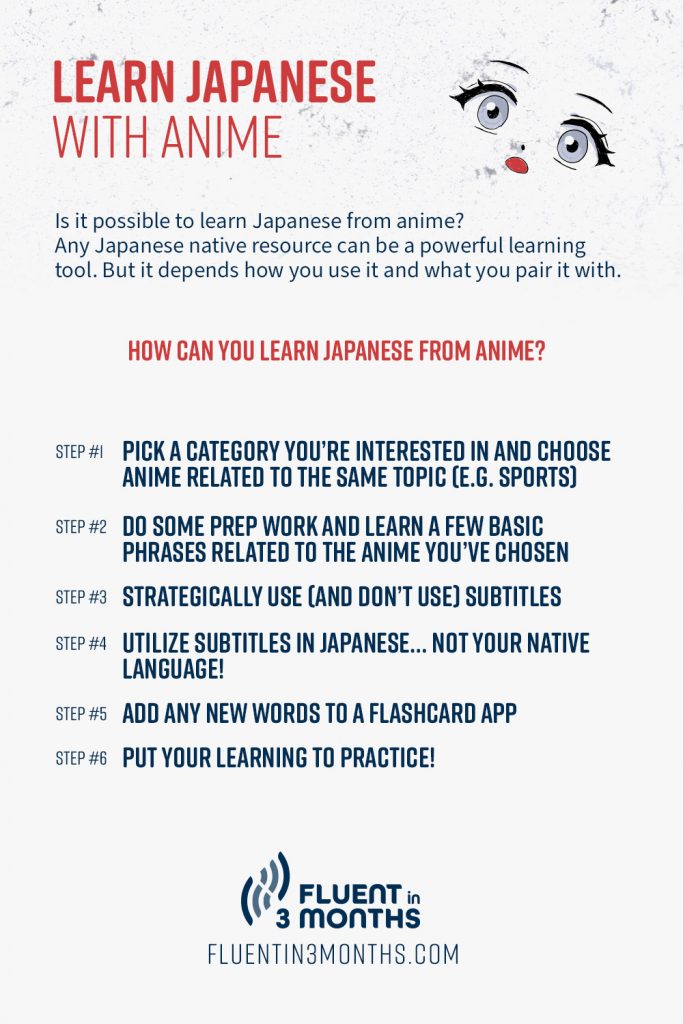
Bonus: 12 Must-Know Japanese Phrases from Anime
You probably already know words like baka (“idiot”), sugoi (“wow” or “amazing”), and kawaii (“cute”). So here are some other common Japanese phrases you’ll hear in anime:
- 何?!, nani?!: “What?!”
- 面倒くさい, mendokusai: “It’s too much of a bother”, “bothersome”
- 負けないよ!, makenaiyo: “I won’t lose!”
- 許せない, yurusenai: “I won’t forgive you”
- あらあら, ara ara: “Oh dear” or “oh my” but used in a cutesy/sexy/creepy way
- 止めて, yamete: “Stop”
- うるさい / うるせんだよ, urusai / urusenda yo: “Noisy” or “annoying”
- 頑張ろう, gambarou: “Good luck” or “do your best”
- やった!, yatta!: “Yay!”
- おいおいおい, oi oi oi: “Hey, hey, hey”
- 大丈夫?, daijoubu?: “Are you okay?”
- 行くぞ, ikuzo: “Let’s go”
Other Helpful Japanese Pop Culture Ways to Learn Japanese
Besides learning Japanese with anime, there are other pop culture ways you could learn.
For example, you could play Animal Crossing: New Horizons in Japanese (called あつまれ どうぶつの森, atsumare dobutsu no mori). It’ll teach you all kinds of new words, as well as colloquial Japanese and different regional accents. Plus, Animal Crossing has furigana readings next to the kanji, so as long as you can read kana, you’re good!
There’s also other great Japanese video games like Legend of Zelda and Pokemon. Select Japanese as your preferred language at the game’s start or download the language pack.
If you love video games, this is a great option. But note that the type of video will present different challenges, just like anime.
If you play Fire Emblem, for example, you’ll deal with some very difficult kanji and older language than you would with Pokemon.
Another great option is using Japanese music and songs. Love the theme song to your favorite anime? Look up the artist!
Singing along with Japanese is an excellent way to work on your pronunciation and listening skills. Plus, you can try translating the lyrics into English and test your understanding with something that’s pretty short.
Japanese manga and books are amazing for improving your reading, comprehension, grammar and kanji. Regular books will be harder than manga, but start with what interests you most.
Lastly, why not check out other Japanese TV shows or cool Japanese movies? Balancing anime with regular shows will help you improve your real-life Japanese dialogue.
The Best Japanese Resources to Supplement Your Learning
If your goal is to study with anime, you’ll need some other resources to help you get going. Here are the options I recommend:
- Genki I and Genki II for beginners. It’s the best Japanese textbook!
- Anki flashcard app to add your own words you learn from anime. Plus, add this kanji pack to work on your reading skills.
- Check out the app Language Drops. It’s got a vast amount of vocab (mostly nouns) in tons of categories to help you expand your knowledge. Since the app’s new company took over, there have been more noticeable translation errors (or awkward translations). But it’s still worthwhile – just use your best judgment sometimes.
- Download Bunpo for Android or Apple. This one teaches you all the grammar you need to know to pass the JLPT test by level. It has simple, short and excellent explanations plus different types of practice questions to help you master it. One of the best grammar apps I’ve ever used, and perfect for learning anime and pairing with Genki for review.
You’ll pretty well cover your learning bases with these resources, and then be putting in your “fun” language time with anime.
Frequently Asked Anime Questions:
Last up, I just wanted to address a few common questions people have about anime and learning with it.
Is Anime Japanese?
Yes. Anime, アニメ, is short for “animation” in Japanese.
In Japan, anime refers to any and all animation. But when talking about anime in English, it normally means specifically Japanese animation (or Japanese-inspired animation, like Avatar: The Last Airbender).
Sometimes people wonder if anime is Japanese or Chinese, and what Korean or Chinese cartoons are called.
Anime as an art style originated in Japan. But other countries like China, Korea, and America all adapted the style. In Japan, they’re all still called anime, or Chinese-inspired anime, etc.
Do Japanese People Watch Anime? What is Japan’s Most Popular Anime?
Yes! Japanese people of all ages watch anime. While it’s more popular with certain demographics than others, it’s like any other country.
For example, many people of all ages watch Disney cartoons.
But just like there’s a certain type of nerd culture associated with things like Star Wars or comics, anime is seen similarly. And people too obsessed with it are often called オタク (otaku), which can be seen negatively.
It’s hard to say definitely what the most popular anime ever in Japan has been. But many would say Dragon Ball Z, Naruto, One Piece, Attack on Titan, and Sailor Moon are some of the biggest in Japan and globally.
But that doesn’t include anime movies, like Studio Ghibli films. And certain shows, like Astroboy, Doraemon, and Sazae-san have had lasting impacts on anime and are household favorites.
Is Japanese in Anime Realistic? How Do I Know?
No, the Japanese in anime is not normally realistic. But that doesn’t mean you should discount it!
There’s still tons to learn from anime. But be aware that the speech patterns, especially, can be very dramatic.
The best way to know is to find a balance between watching anime and listening to real Japanese. You’ll quickly catch the difference!
Learn Japanese with Anime: Unlocked
It’s difficult to learn with anime alone, but with these resources and tips, you can do it!
Here are some more articles to keep you going:

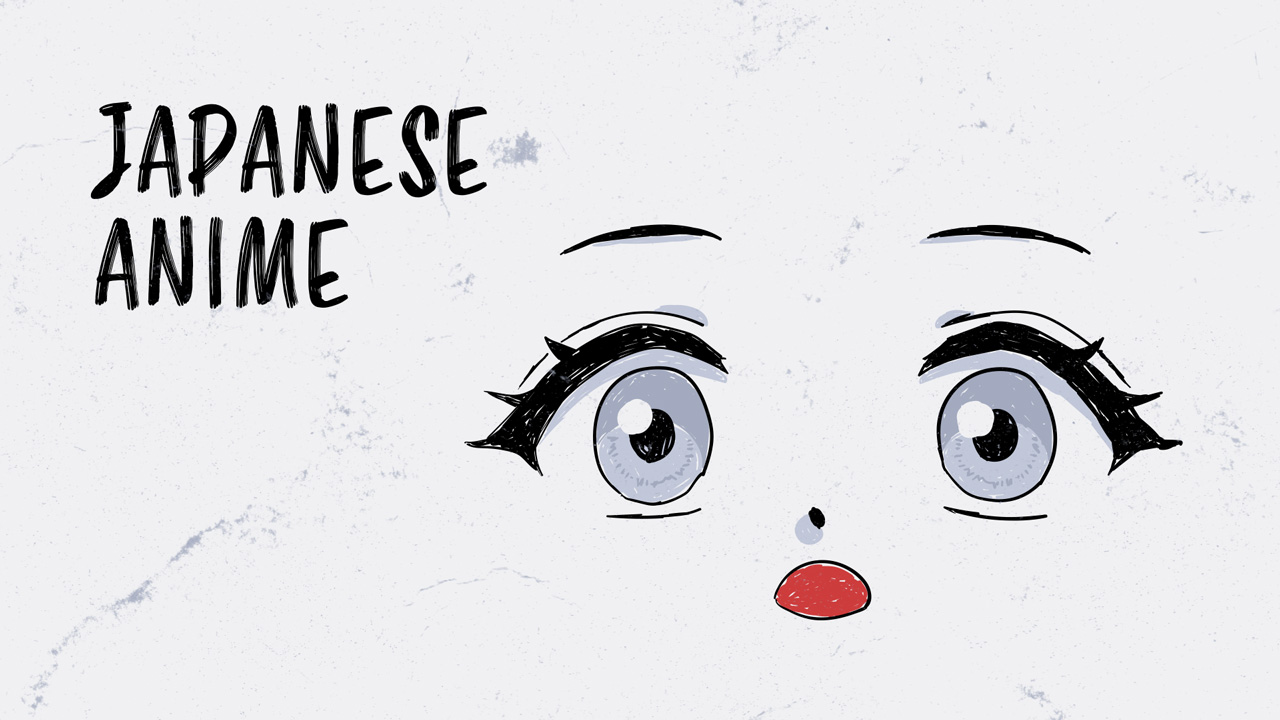
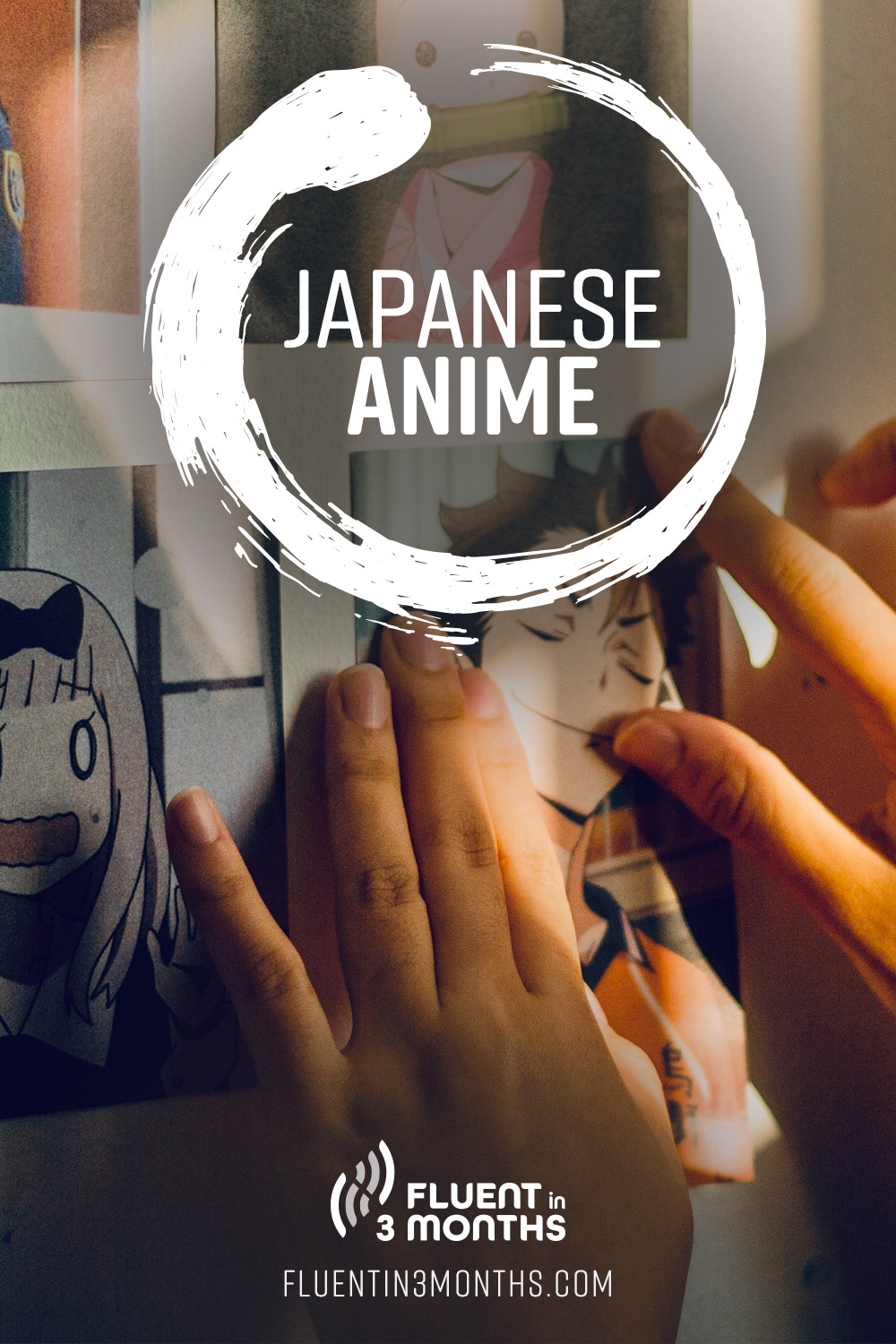

Social